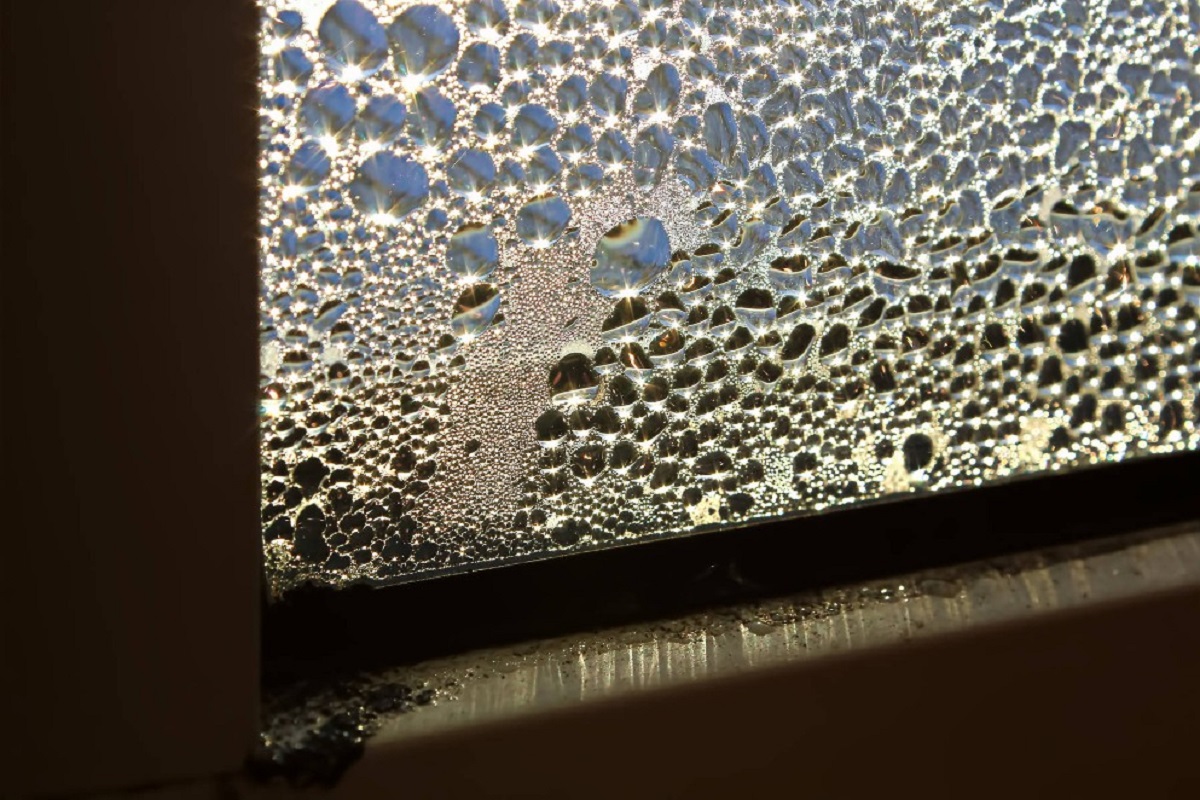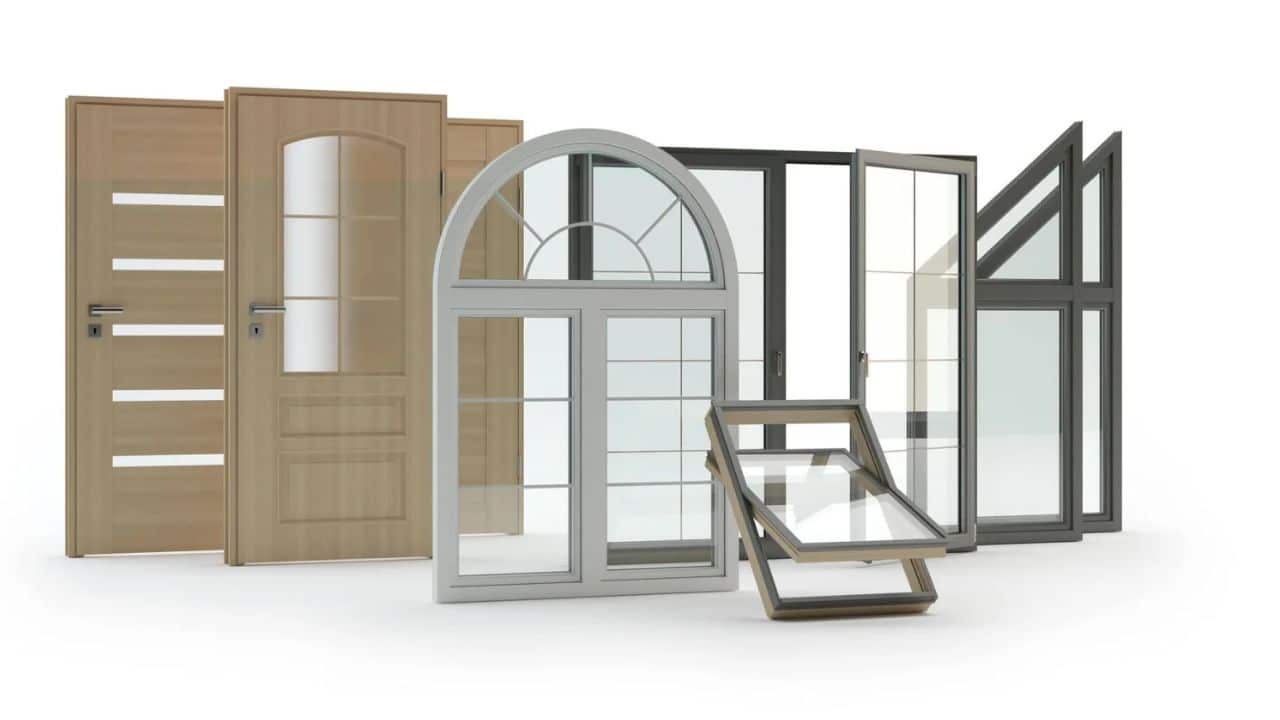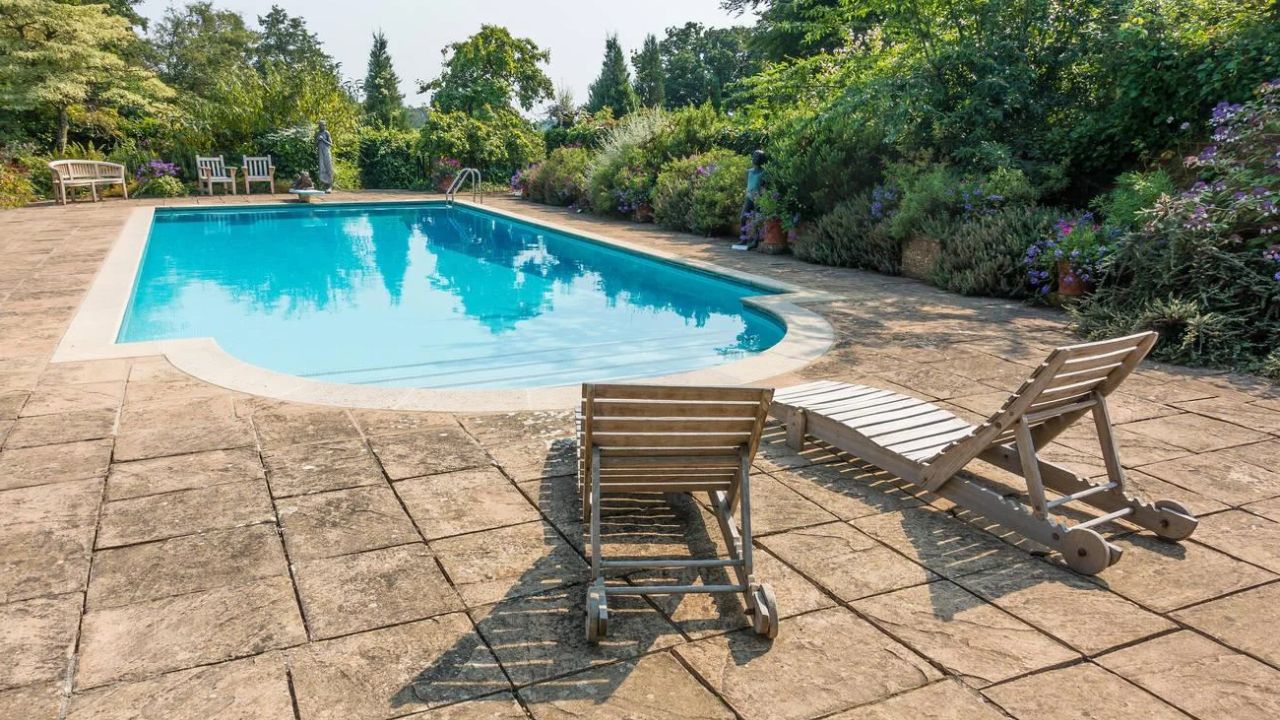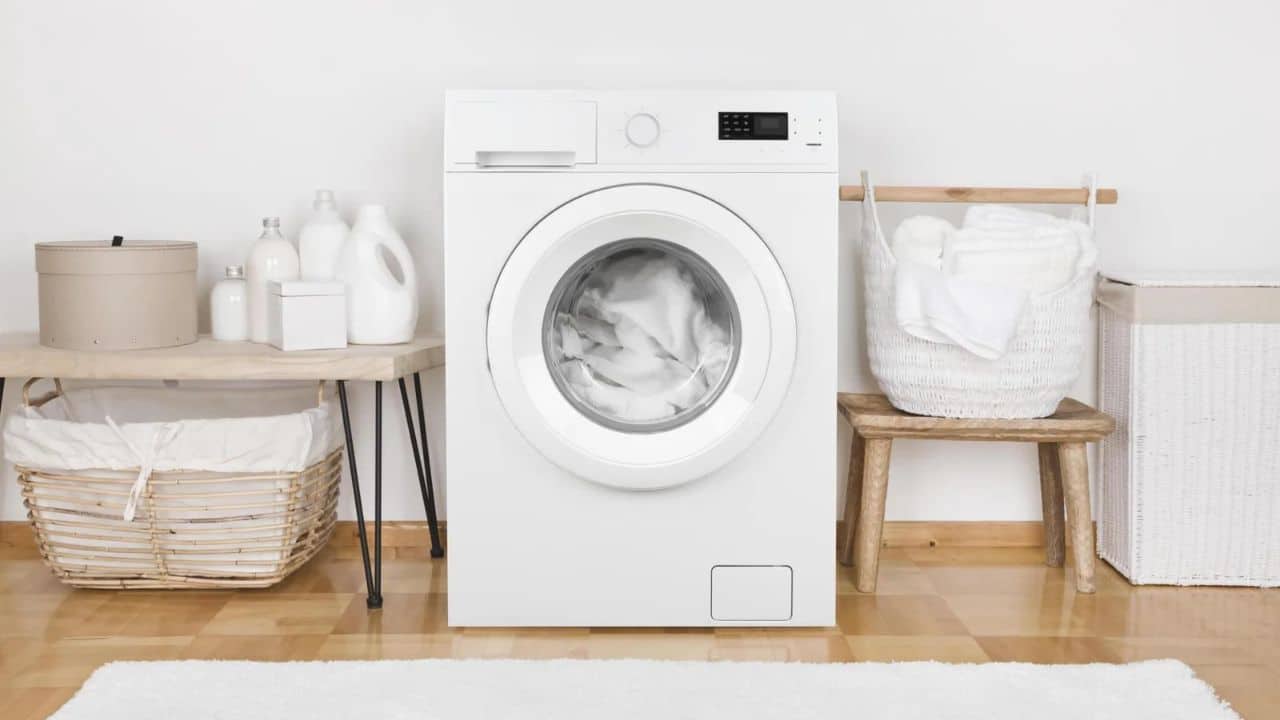Looking after and maintaining your property is one of the crucial parts of being a homeowner. So it can be quite the headache having to deal with condensation, especially during those cold winter months. Thankfully, there are certain measures that you can take to keep your home condensation-free or, at the very least, keep condensation at a minimum. Contact London Damp Solutions for professional solutions and expert advice to reduce condensation.
Below are some tips to help you reduce condensation in your home.
Keep the Indoor Temperature Consistent
Since condensation usually happens when warm air hits a cold surface (like a window), keeping the indoor temperature of your home consistently warm can be a way to prevent it. A warm and consistent indoor temperature, especially during cold weather, will keep the surfaces of your home warm and reduce condensation. Bear in mind that this doesn’t necessarily mean that you have to keep your home’s heating on full every day.
The idea is to prevent sudden drops in temperature, so leaving the heat on in the background, nice and steady, should be enough. Also, avoid heating only one room and leaving the others as the temperature needs to be consistent all throughout the home. This, of course, may not be needed during the warmer months of the year.
Increase Ventilation
Good ventilation can stop condensation in its tracks by preventing moisture from being trapped in the first place. There are several different ways you can achieve better ventilation in your home. Some of them include; opening the windows, installing windows with trickle vents (you can also have vents fitted to your current windows and doors), installing vents in the wall, and investing in some fans for the warmer months.
Start Cooking With Lids
If your kitchen has poor ventilation, try to cook more with lids on. This can significantly reduce the amount of steam that escapes from your cooking to form condensation. The widows in the kitchen should also be kept open.
Better Furniture Placement
The placement of your furniture can impact how well air circulates your home. Start by making sure that your furniture is placed at least 50mm away from surrounding walls. Wardrobes can be placed against the internal walls of the bedroom (they are less cold than the external walls, so they are less likely to cause damp issues).
Install an Extractor Fan
This is especially needed for areas of the home that are prone to high humidity, like the bathrooms and kitchen. Having an energy-efficient extractor fan installed can ensure that the humidity levels of these rooms are improved and condensation prevented. Alternatively, you can install a whole-house ventilation system to help keep the moisture levels throughout the home at a minimum.
Dry Clothes Outside
Drying clothes indoors can add to the moisture levels within your home. Opt for drying your clothes outside, and if you can’t, another alternative is to use a tumble dryer. If you must dry your clothes indoors, use areas like the bathroom with the doors closed and the extractor fan on.
Get a Dehumidifier
Dehumidifiers work to maintain the humidity levels of your home by reducing the amount of moisture in the air. Thankfully, these appliances aren’t too expensive, so you could buy a few and have them placed in different areas of your home.
Clearing Condensation
When you have a condensation problem, there are some short-term solutions to help you manage things. One of them is to clear the condensation off your windows before it leads to damage or mold growth. Some tissues or a clean towel can be used for this. Another solution is to use window vacuum cleaners to clear the condensation.
Conclusion:
Condensation in the home is a normal and common occurrence but it is important not to let it build up. This means that you will need to keep the moisture levels in your home under control and the above tips are some of the ways you can do that.













































